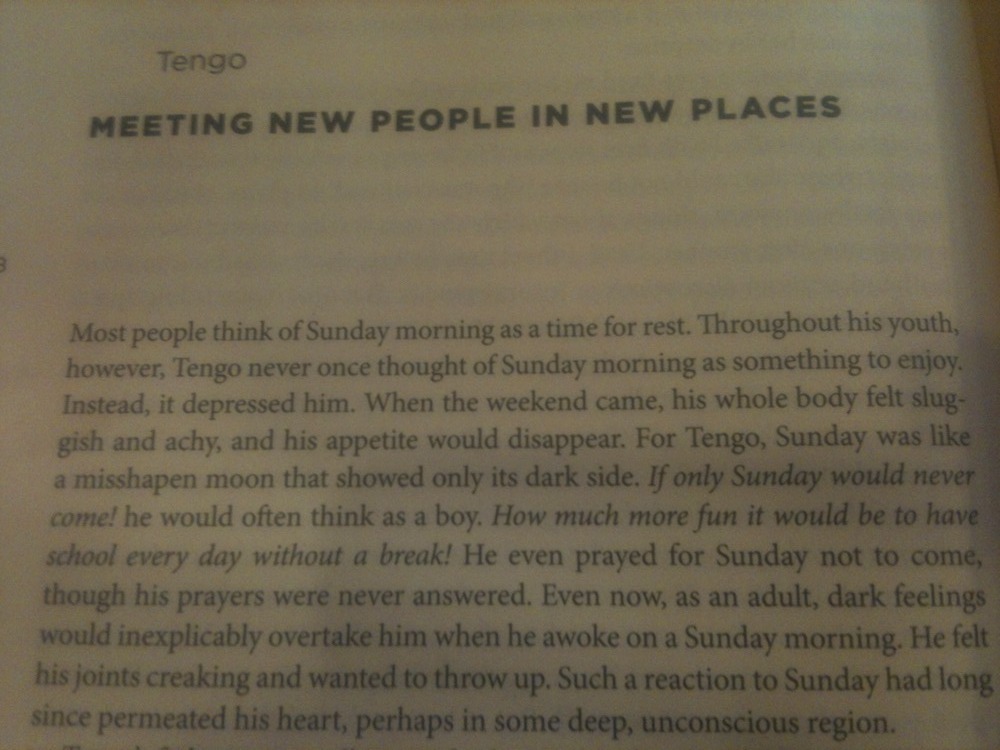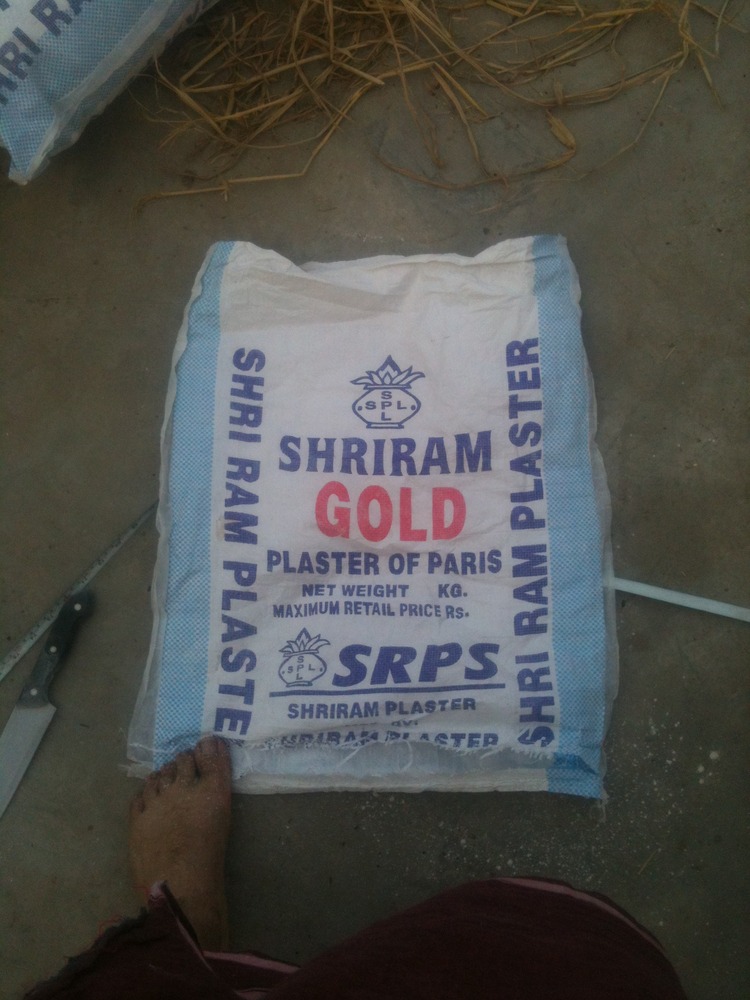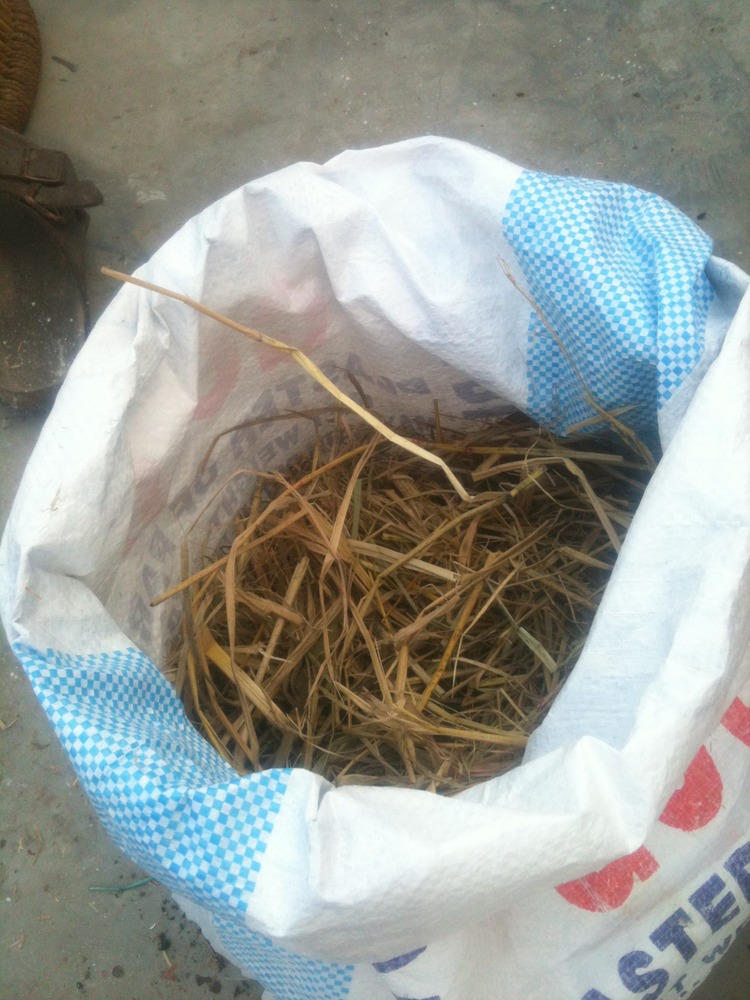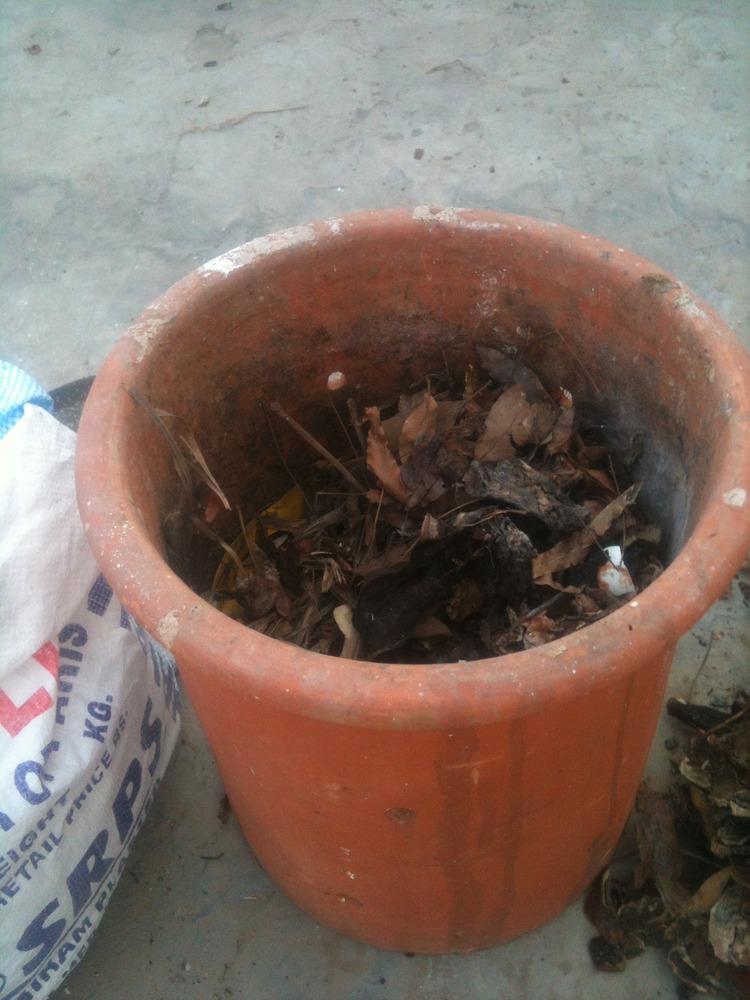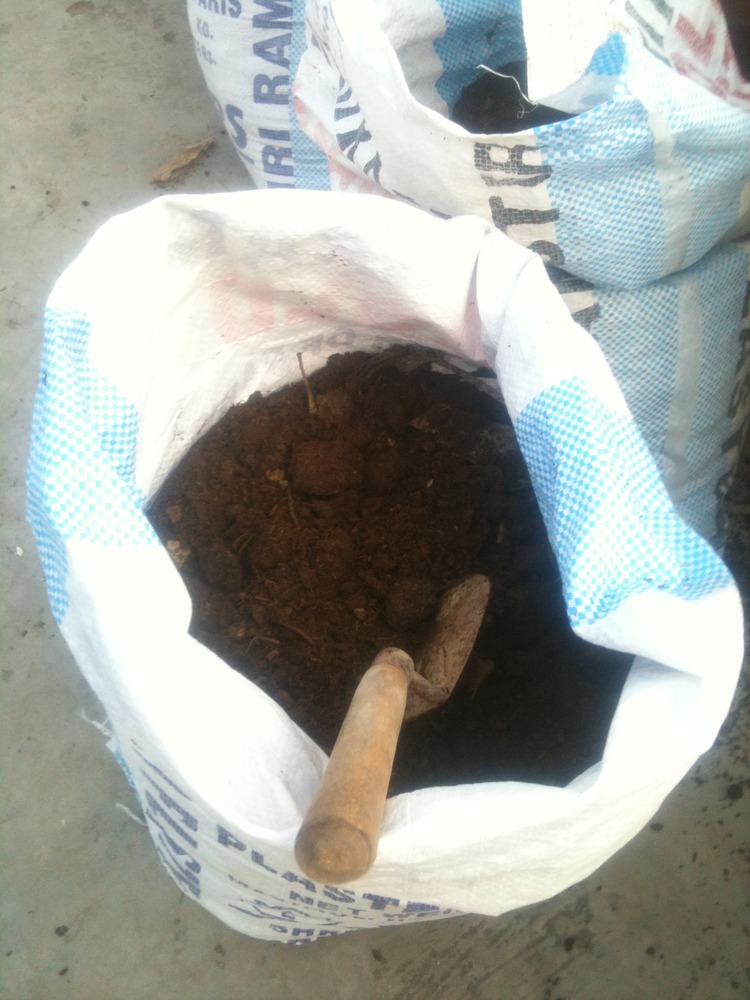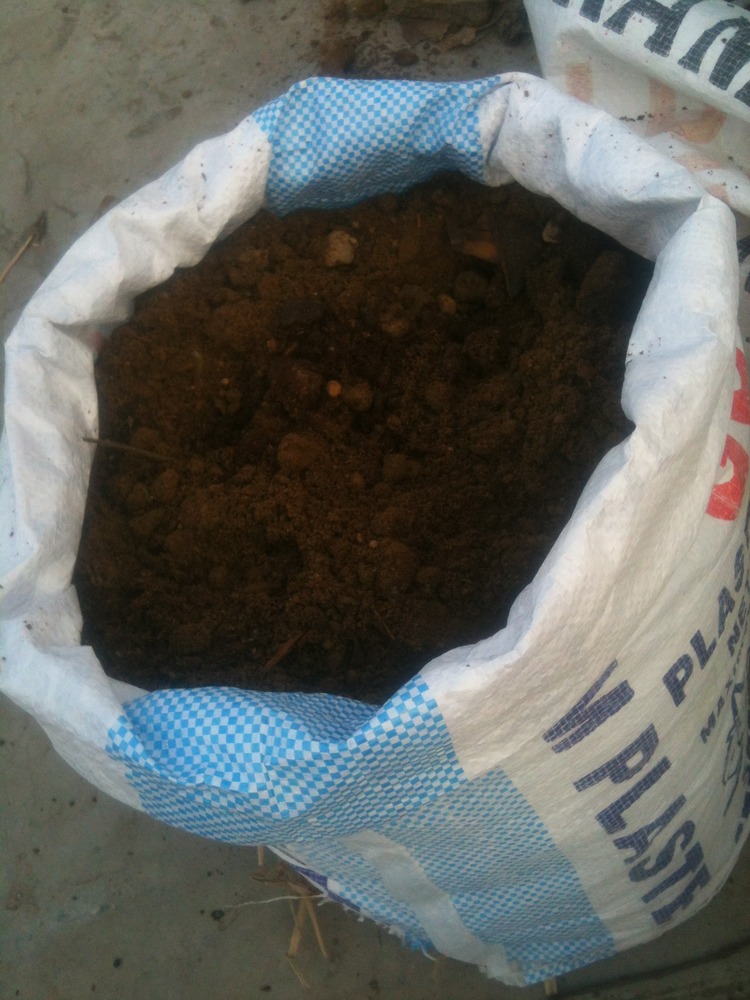Much like the experience of Wehr’s subjects, these references describe a first sleep which began about two hours after dusk, followed by waking period of one or two hours and then a second sleep.
“It’s not just the number of references – it is the way they refer to it, as if it was common knowledge,” Ekirch says.
During this waking period people were quite active. They often got up, went to the toilet or smoked tobacco and some even visited neighbours. Most people stayed in bed, read, wrote and often prayed. Countless prayer manuals from the late 15th Century offered special prayers for the hours in between sleeps.
And these hours weren’t entirely solitary – people often chatted to bed-fellows or had sex.
A doctor’s manual from 16th Century France even advised couples that the best time to conceive was not at the end of a long day’s labour but “after the first sleep”, when “they have more enjoyment” and “do it better”.
Up until the 17th century, people in Europe tended to sleep in two cycles, a first short cycle of a few hours, followed by a period of wakefulness, then followed by another period of sleep.
Read the full article at: http://www.bbc.co.uk/news/magazine-16964783

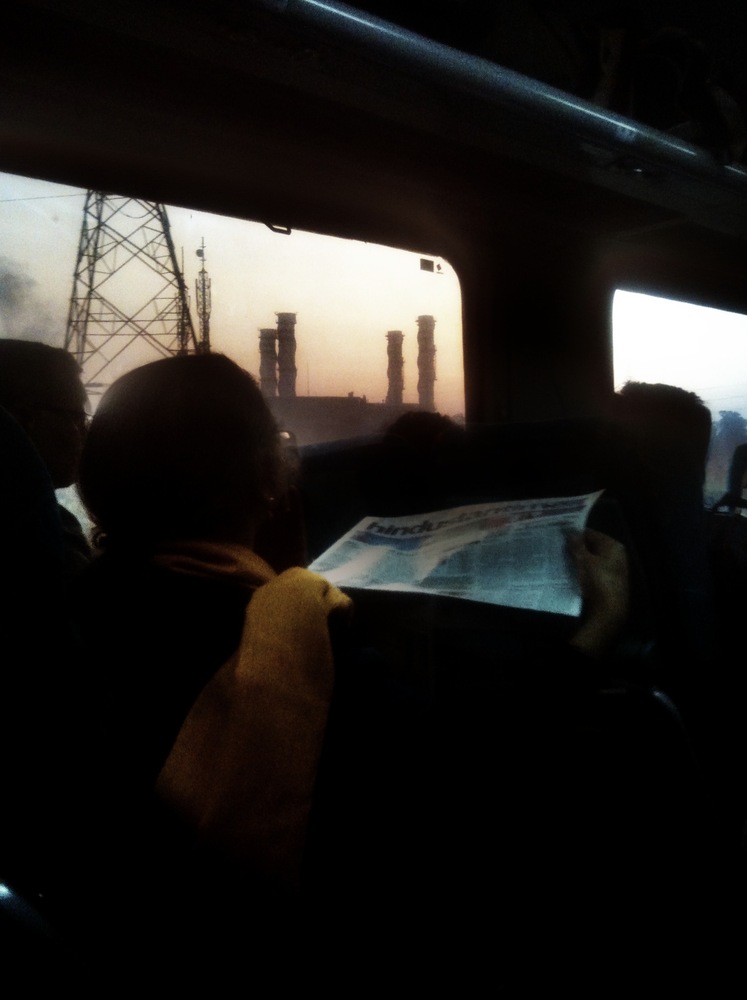
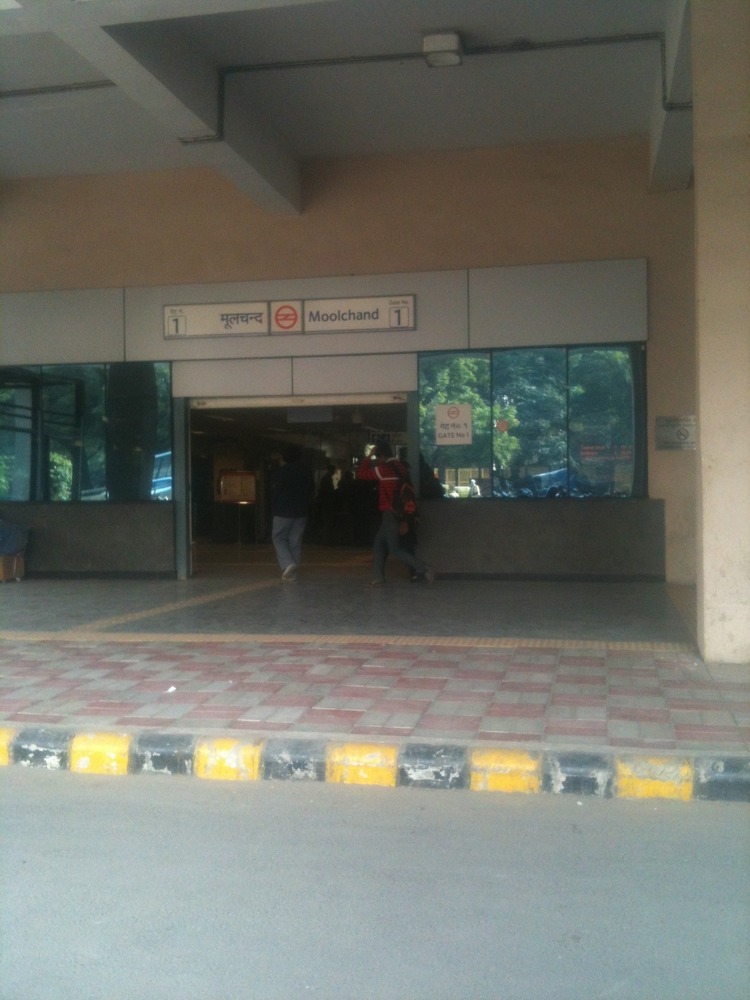
![Aomame, 1Q84, Haruki Murakami 5’6…Not once ounce of excess fat…The left ear much bigger than the right, and malformed, but her hair always covers her ears…Lips formed a tight straight line…Small narrow nose, somewhat protruding cheekbones, broad forehead, and long, straight eyebrows…[Face is a] Pleasing oval shape…Extreme paucity of expression. (Suggested by goya-galileo-vangogh )](https://blog.linuskendall.com/wp-content/uploads/sites/3/2012/02/tumblr_lz8w6nhxko1r3ke0zo1_r1_500.jpg)
